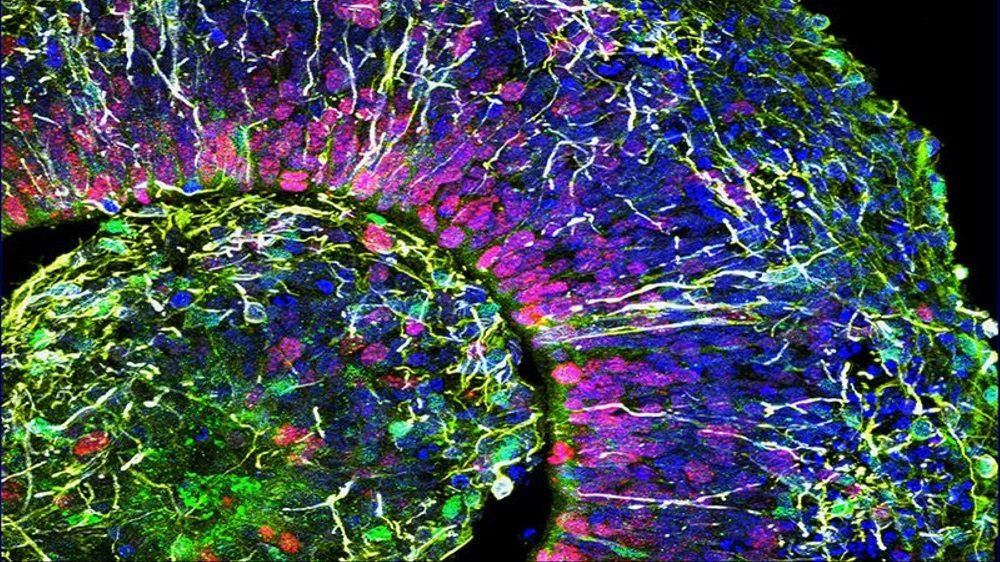In its simplest form forest therapy, also called forest bathing, is just spending time in the woods as an antidote to the sometimes-jarring sounds, sights, and smells of city life. Of course, you can get that kind of respite on your own, but a more organized version of forest therapy has now been introduced in the U.S. The Association of Nature and Forest Therapy Guides and Programs, founded in 2012, is currently training forest therapy guides. The group hopes to raise awareness of the benefits among health care professionals, and programs are being established nationwide.
As you note, forest therapy originated in Japan, where researchers have been studying its physiological effects for many years. It appears that forest therapy does have measurable health benefits; for example, it can lower levels of salivary cortisol, the hormone that rises when we're under stress. One Japanese study showed that gazing at forest scenery for as little as 20 minutes reduced salivary cortisol levels by 13.4 percent. Forest therapy can also lower blood pressure and heart rate and trigger a dramatic increase in the activity of natural killer (NK) cells (produced by the immune system to ward off infection and fight cancer).
Spending three days in the forest has been shown to increase NK activity by 50 percent, a beneficial effect that can last up to one month. Most recently, researchers from UK's University of East Anglia analyzed 143 studies of forest therapy including data on some 290 million participants from 20 different countries. Not only was forest bathing associated with lower levels of cortisol, lower blood pressure and heart rate, it also lowered blood cholesterol and reduced rates of diabetes, coronary heart disease, stroke, asthma and death from heart disease. In addition, it was associated with decreased risk of preterm birth and lower all-cause mortality. Some studies suggested that forest therapy helped people sleep better and improved outcomes in those with cancer and neurological conditions. Finally, people exposed to forest therapy were found to be more likely to report that their overall health was good.



Comment: See also: